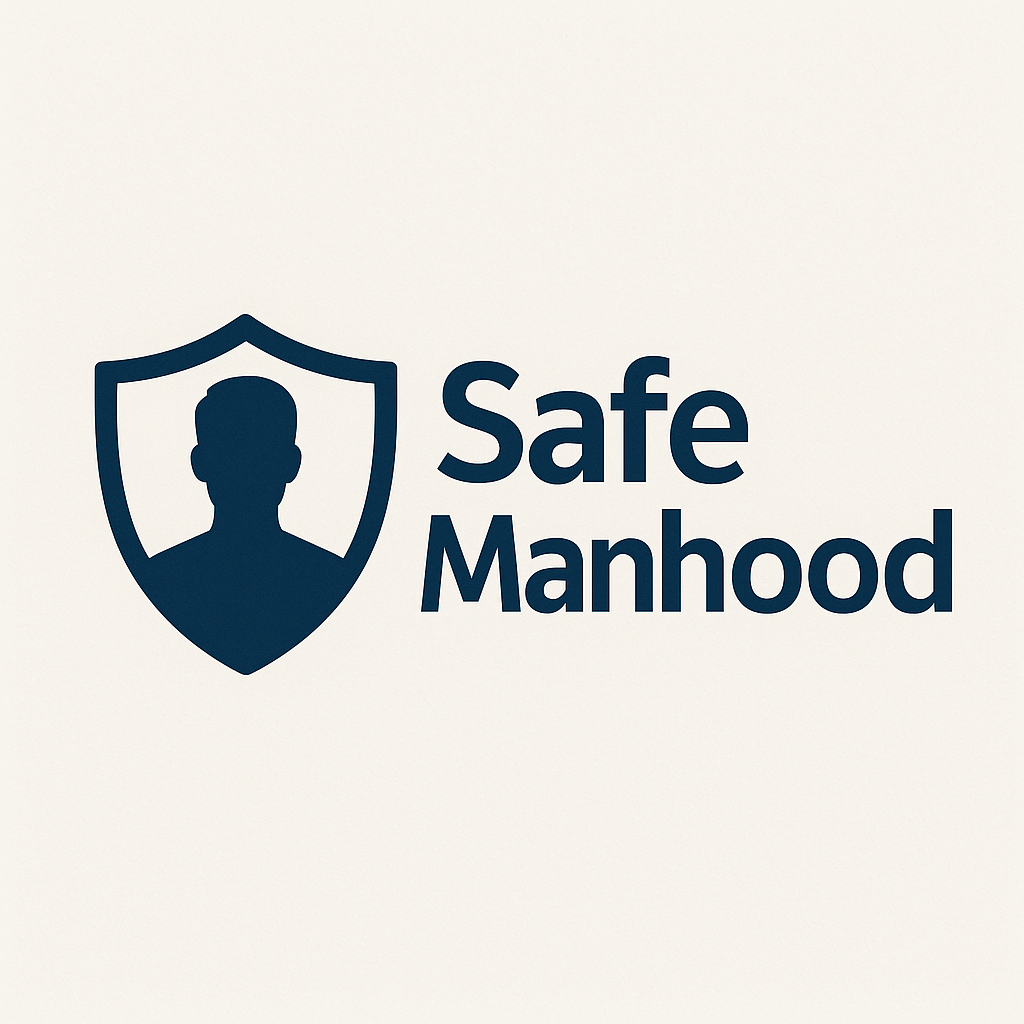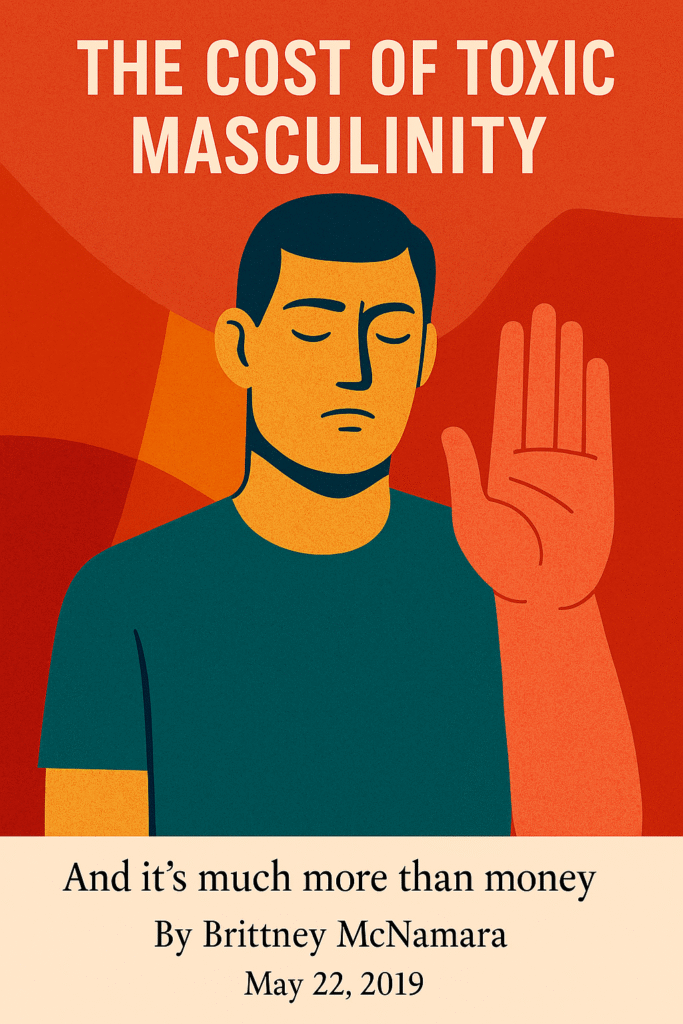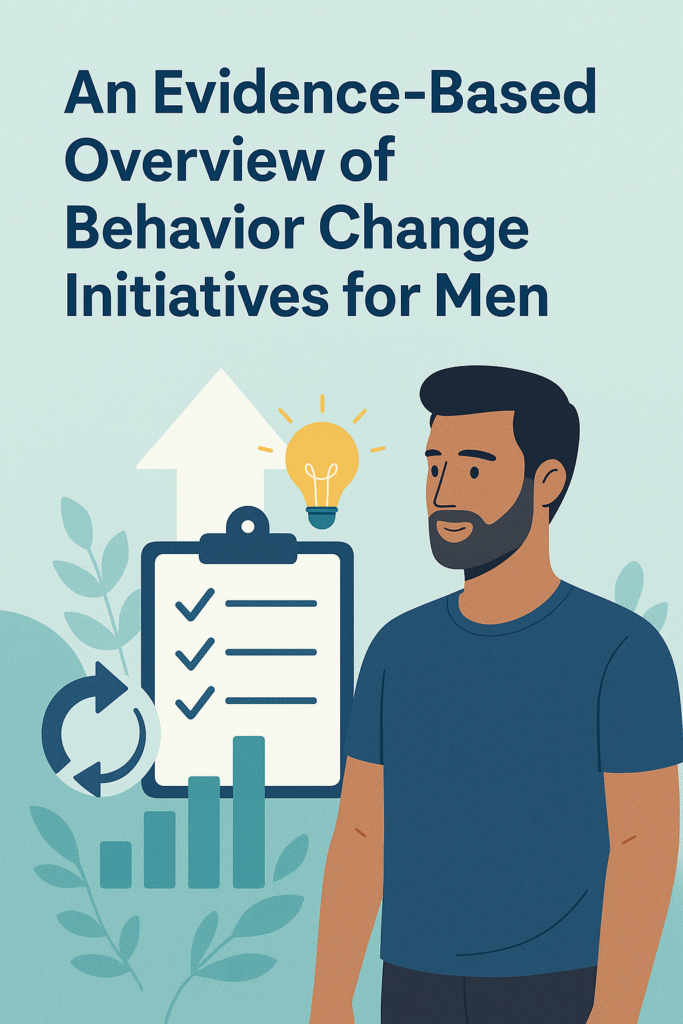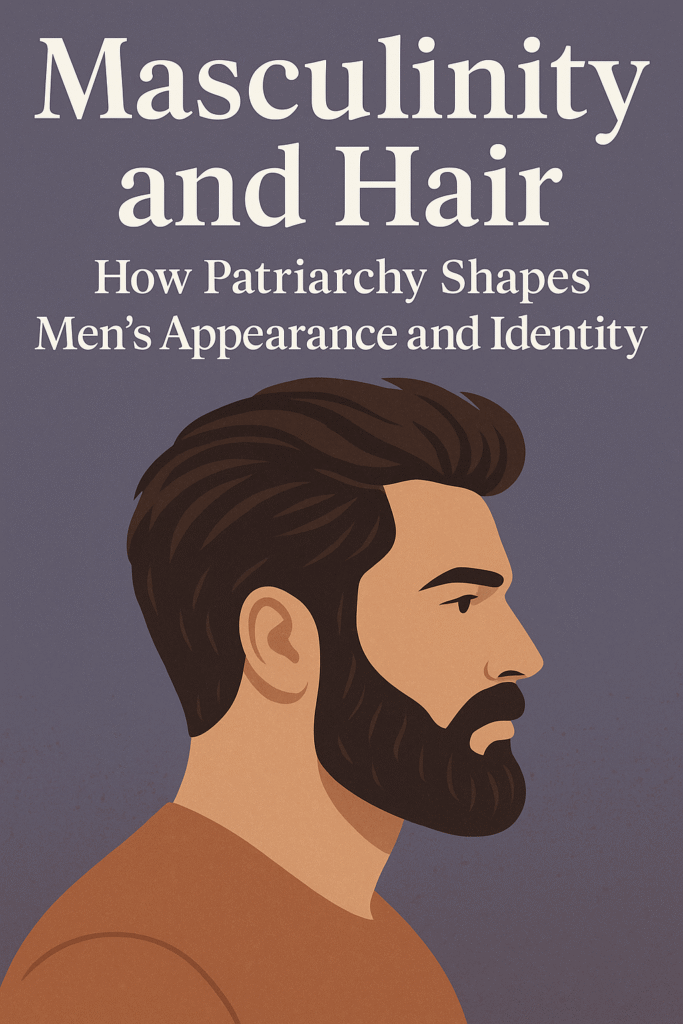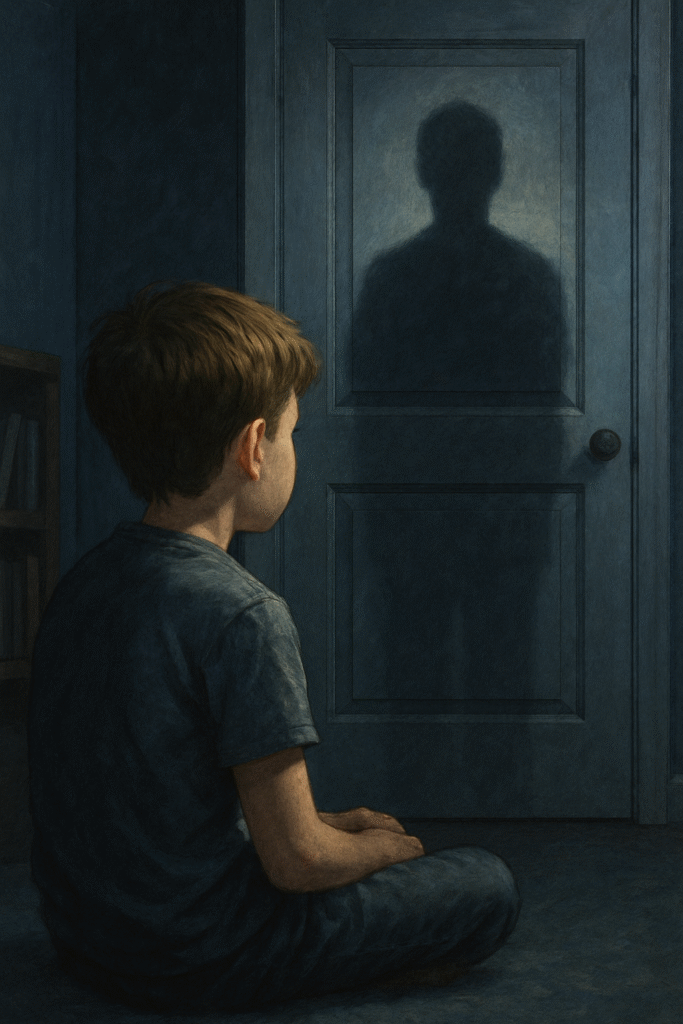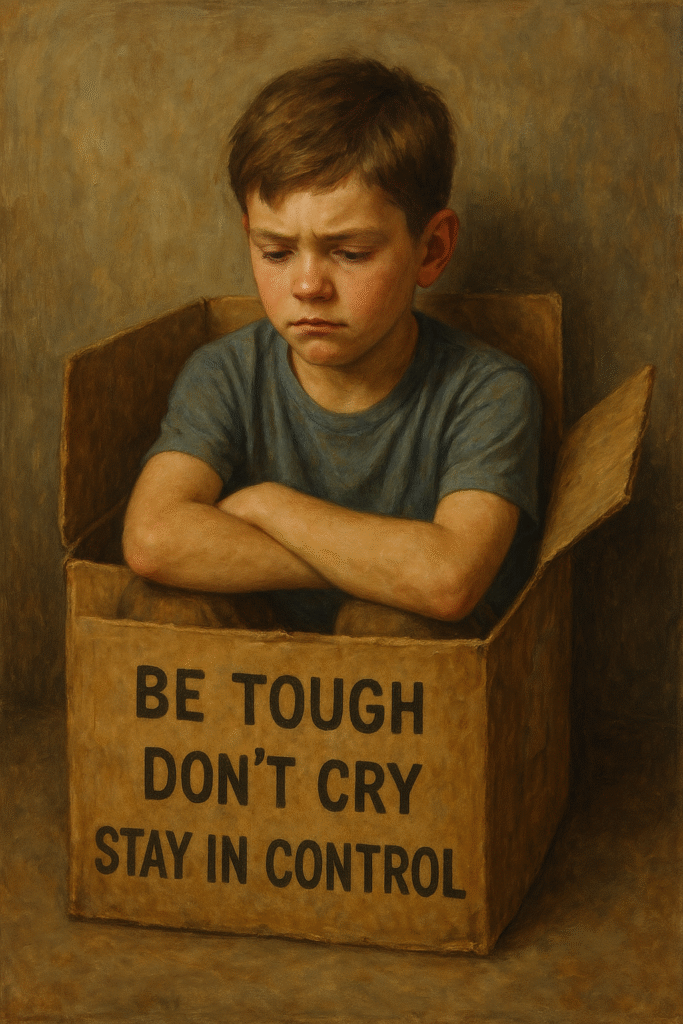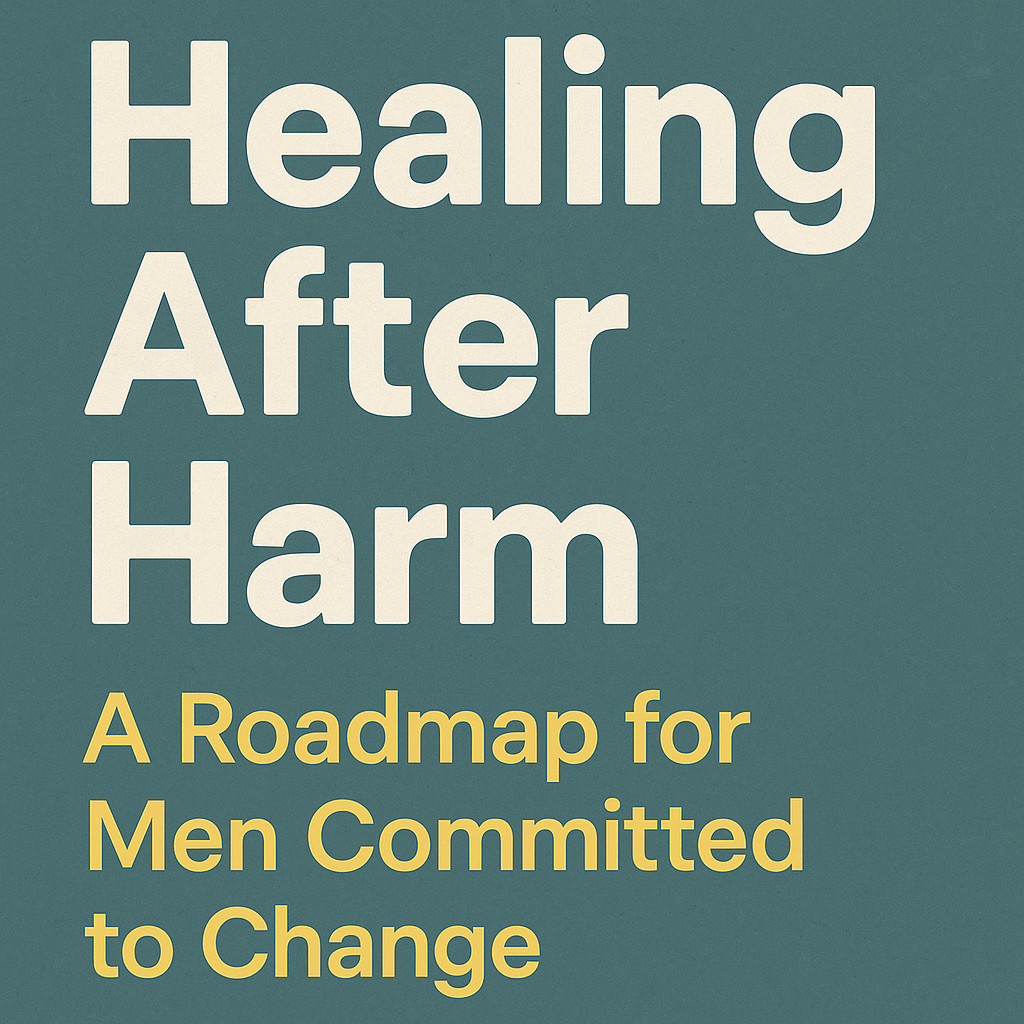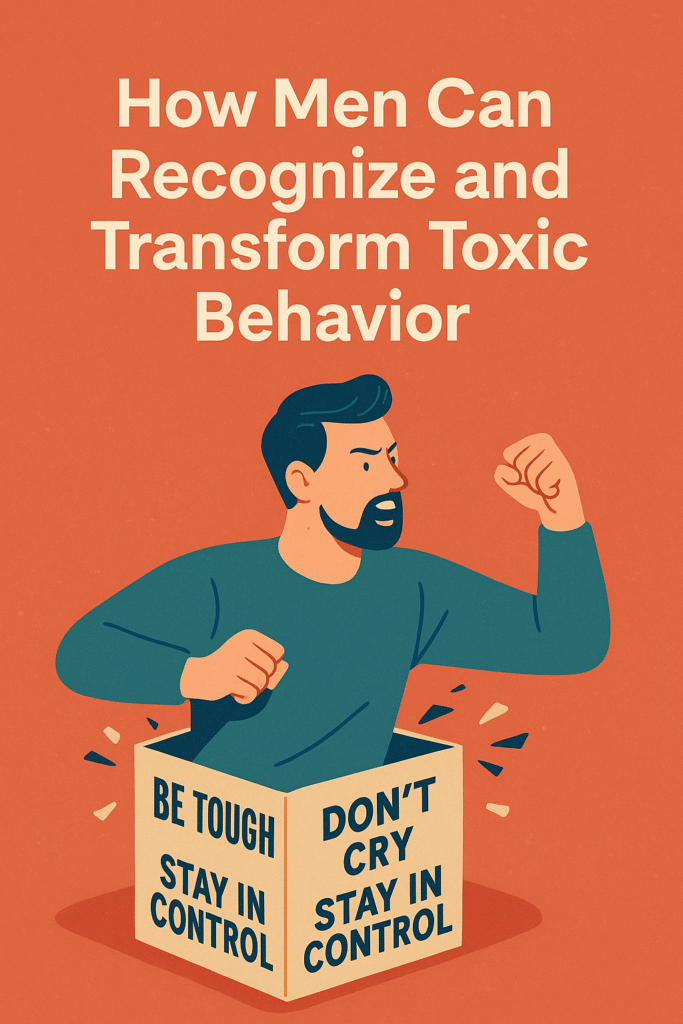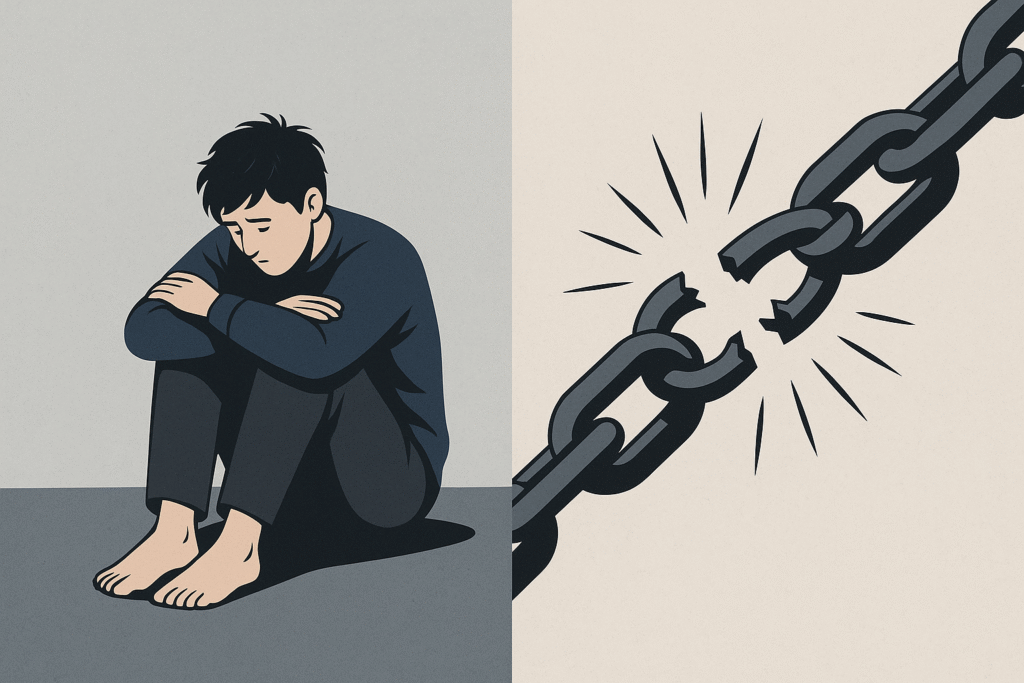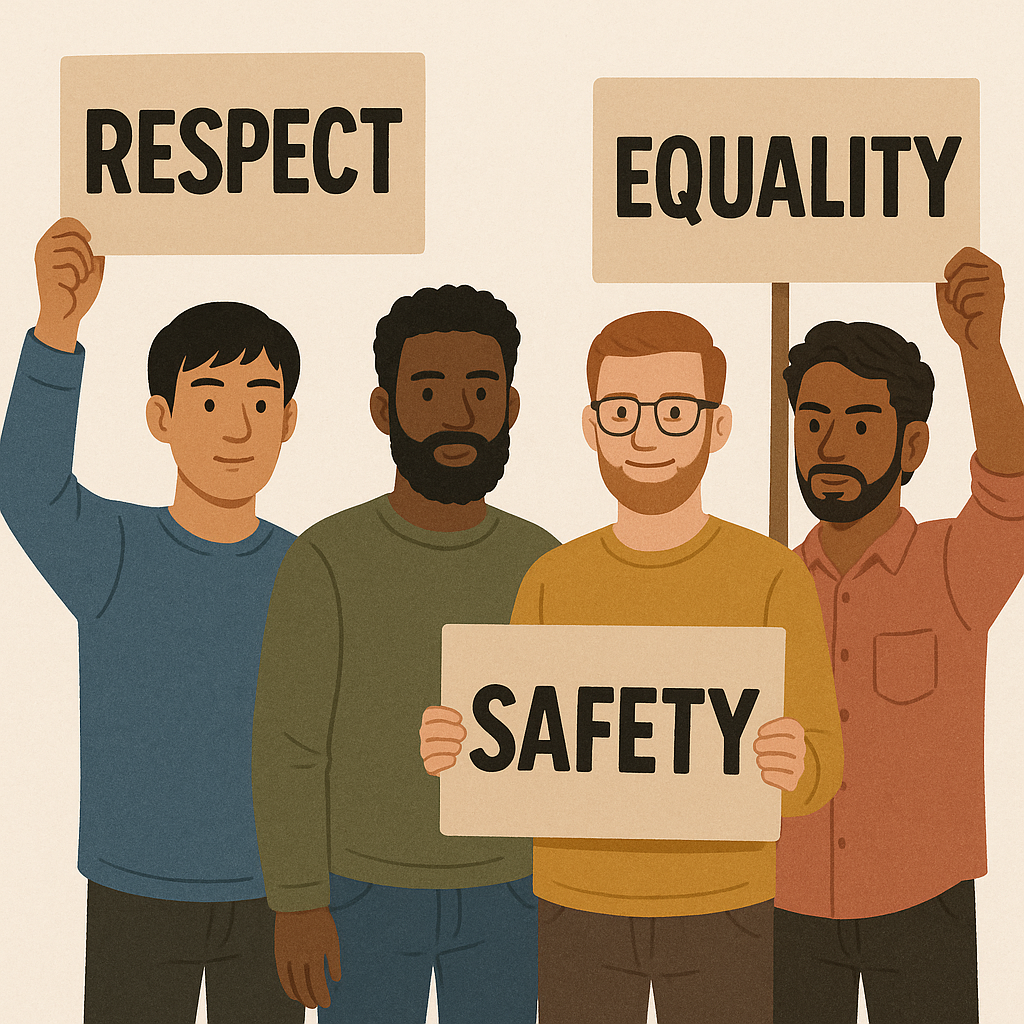The Cost of Toxic Masculinity on Men Themselves
Introduction: More Than Just a Buzzword Over the last decade, toxic masculinity has shifted from a niche academic concept to a mainstream talking point. It has been discussed in political debates, dissected in think pieces, and weaponised in social media discourse. Yet beyond the cultural tug-of-war over the term’s meaning, one fact remains clear: toxic […]
The Cost of Toxic Masculinity on Men Themselves Read More »
